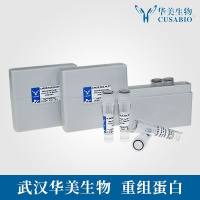The biological significance of interactions of nuclear proteins with DNA in the context of gene expression, cell differentiation, or disease has immensely been enhanced by the advent of chromatin immunoprecipitation (ChIP). ChIP is a technique whereby a protein of interest is selectively immunoprecipitated from a chromatin preparation to determine the DNA sequences associated with it. ChIP has been widely used to map the localization of post-translationally modified histones, histone variants, transcription factors, or chromatin-modifying enzymes on the genome or on a given locus. In spite of its power, ChIP has for a long time remained a cumbersome procedure requiring large number of cells. These limitations have sparked the development of modifications to shorten the procedure, simplify the sample handling, and make the ChIP amenable to small number of cells. In addition, the combination of ChIP with DNA microarray, paired-end ditag, and high-throughput sequencing technologies has in recent years enabled the profiling of histone modifications and transcription factor occupancy on a genome-wide scale. This review highlights the variations on the theme of the ChIP assay, the various detection methods applied downstream of ChIP, and examples of their application.






